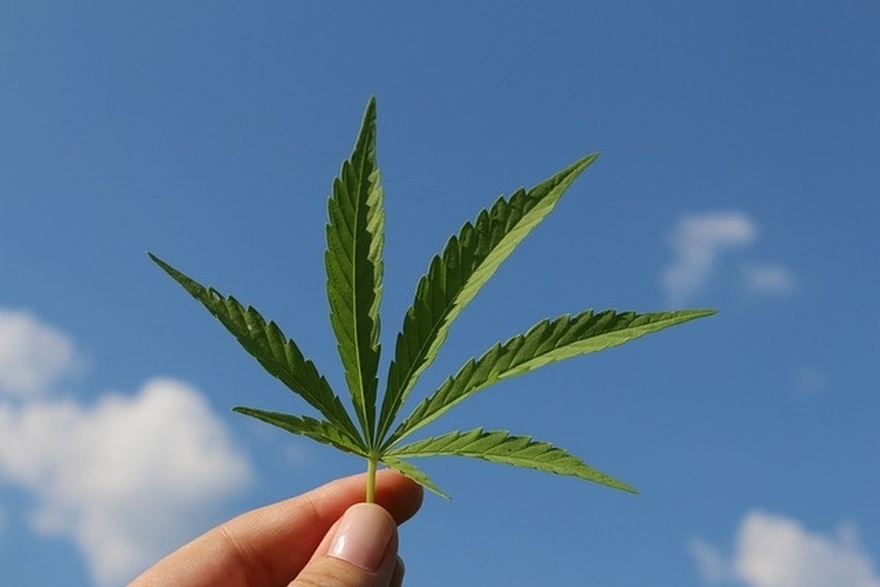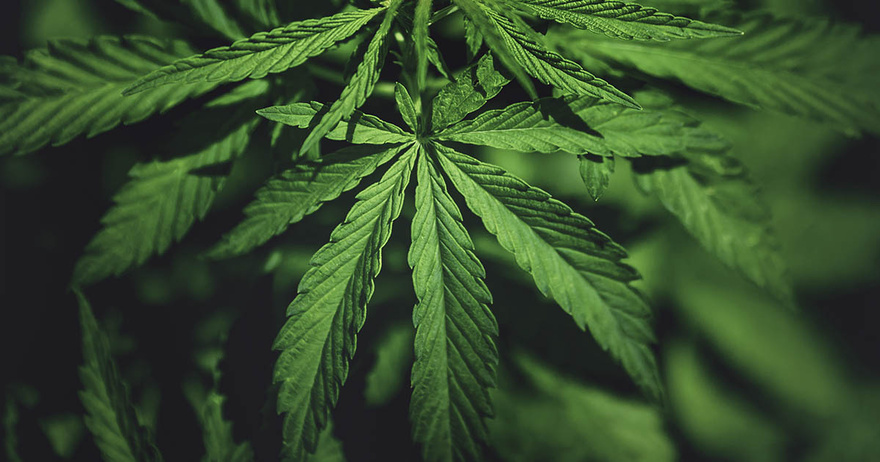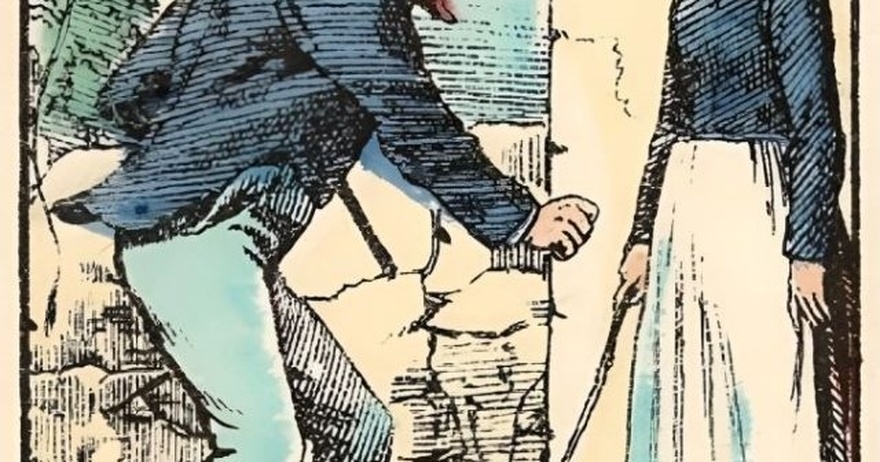As a species, we have had a close relationship with cannabis for thousands of years now. In fact, it is among the earliest plants that humans cultivated. Yet, it has also had a turbulent and controversial history due to the psychoactive properties of some varieties. Other varieties, such as hemp, are low in THC, yet proved to be the perfect crop for textiles and industrial applications. So many varieties arose over time, which has served to somewhat blur the line where the plant went from a wild plant to a cultivated strain. However, a research team recently uncovered new insights into how cannabis sativa first arose and how it eventually split into the different varieties we know today. These new insights into the ancient origins of cannabis have provided a new perspective on the evolution of this incredibly versatile plant.
How Researchers Figured Out The Origins of Cannabis

For the study, the researchers analyzed 110 different cannabis genomes from around the globe. Using state-of-the-art DNA sequencing technology, they were able to gain a better understanding of how cannabis sativa diversified over time. Through an analysis of the DNA sequences, the researchers were able to develop phylogenetic family trees that define the connections among various cannabis lineages. These maps revealed that there was a gradual evolution into four cannabis groups that were genetically distinct from one another.
The most interesting aspect of this study was the identification of “basal cannabis”, a foundational group that had up to that point eluded detection among research groups. Basal cannabis is regarded as a sister group to other varieties and is genetically distinct from psychoactive and hemp types of cannabis. The basal cannabis group includes traditionally-bred local landrace varieties still currently found in parts of China, in addition to feral strains. The researchers believe that basal cannabis resembles wild varieties that grew before human agricultural intervention more than any other variety. In fact, the two share genetic markers that are not observed in contemporary cultivated strains.
Based on their findings, the researchers suggest that East Asia was the place where cannabis was first cultivated. This new finding overturns previously held assumptions that the plant was first cultivated in Central Asia. They further determined that the split between basal cannabis and cultivated varieties likely happened almost 12,000 years ago. To put that time frame into perspective, this period coincides with the beginning of agricultural practice itself, during the dawn of the Neolithic period. Furthermore, it was around 4,000 years ago that hemp and psychoactive varieties split from a common branch on the tree.
A Journey Around The Globe

Archaeological records reveal that hemp-based objects began to surface in East Asia around this time. Cannabis cultivation spread westward from there, eventually reaching Europe and the rest of the world over time. According to the researchers, the psychoactive varieties spread to India from East Asia around 3,000 years ago. Within the past millennium, it has spread from India to Africa and Latin America, only reaching North America much later. It was only in the 1600s that European settlers introduced hemp rope and textiles to North American colonies.
Chinese varieties began to replace the older European strains in the mid-1800s. Yet, it was only in the 20th century that psychoactive strains entered North American society. While the new study has helped fill some of the gaps in the origins of the cannabis story, there is still much we don’t know. The study does have certain limitations, which may not provide us with the full picture of the plant’s development. For example, no samples from Afghanistan or Russia were included in the study.
It was also noted that the current study was based on living samples. If they had drawn on dried specimen herbarium samples, they may have had more data to draw conclusions from. There is still much research to be done in this field, which was previously largely restricted due to legal restraints. However, as global opinions about cannabis change over time, more data becomes available, forming a clearer picture about the origins of cannabis.






























